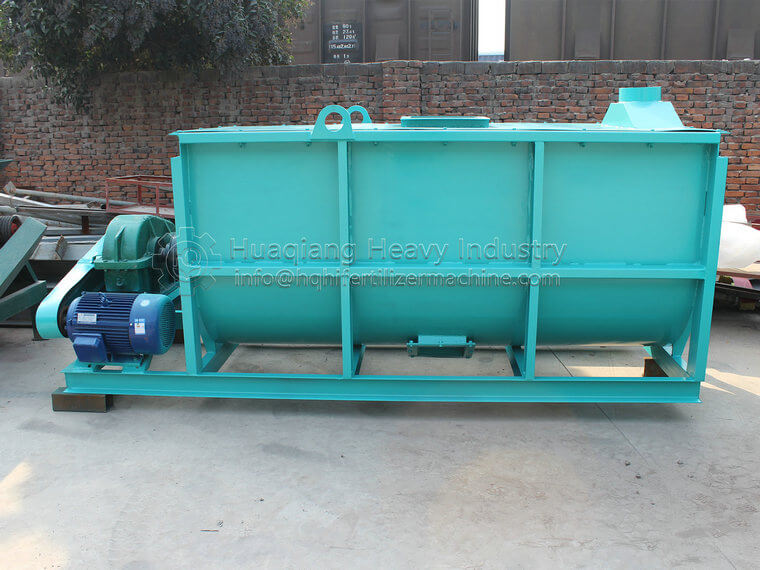How to process organic fertilizer in livestock and poultry manure organic fertilizer production line
The production line for organic fertilizers from livestock and poultry manure is an efficient system for converting organic waste such as livestock and poultry manure into organic fertilizers. This process not only solves the pollution problem in animal husbandry, but also promotes the recycling of resources and provides high-quality organic fertilizers for agricultural production. The following are the detailed steps for processing organic fertilizer on the livestock and poultry manure organic fertilizer production line:
1. Fecal pretreatment
Collection and classification: Firstly, collect fresh or semi dry animal manure from livestock and poultry farms, and conduct preliminary classification as needed to remove impurities such as plastics, stones, etc.
Crushing: Use a grinder to crush feces into small particles for subsequent fermentation and granulation.
2. Fermentation
Composting fermentation: The crushed livestock and poultry manure is piled into a fermentation pile, which is regularly turned by a turning machine to ensure oxygen supply and temperature control during the fermentation process, promote microbial activity, and accelerate the decomposition of organic matter. The fermentation process can last for weeks to months, depending on the characteristics of the raw materials and fermentation conditions..jpg)
3. Post fermentation treatment
Drying: The fermented material may contain a high amount of moisture and needs to be dried naturally or using a dryer to reduce the moisture content to a suitable level for granulation.
Screening: Use a screening machine to remove large particles or undecomposed impurities, ensuring the smooth progress of the subsequent granulation process.
4. Mixing and granulation
Raw material mixing: As needed, fermented animal manure can be mixed with other organic or inorganic materials (such as straw, peat, phosphate powder, etc.) to adjust the nutritional composition of fertilizers.
Granulation: Use a granulator, such as a drum granulator or a disc granulator, to process the mixed material into granules. During the granulation process, it may be necessary to add a certain amount of water or adhesive to assist in particle formation.
5. Cooling and coating
Cooling: The granulated fertilizer needs to be cooled by a cooling machine to prevent the particles from deforming or sticking due to high temperature.
Coating (optional): In order to improve the physical properties of fertilizers, such as moisture resistance and storage stability, coating machines can be used to coat fertilizer particles.
6. Finished product processing
Screening: Use a screening machine to screen out particles that do not meet the size requirements, ensuring the quality of the finished product.
Packaging: The screened fertilizer particles are quantitatively packaged using an automatic weighing and packaging machine, ready for sale or storage.
Through the above steps, the organic fertilizer production line for livestock and poultry manure can convert the potentially environmentally polluting livestock and poultry manure into valuable organic fertilizers. This not only solves the pollution problem in livestock and poultry farming, but also provides a sustainable source of fertilizer for agricultural production, achieving a win-win situation for economic and environmental benefits.


.jpg)

.jpg)


.jpg)
